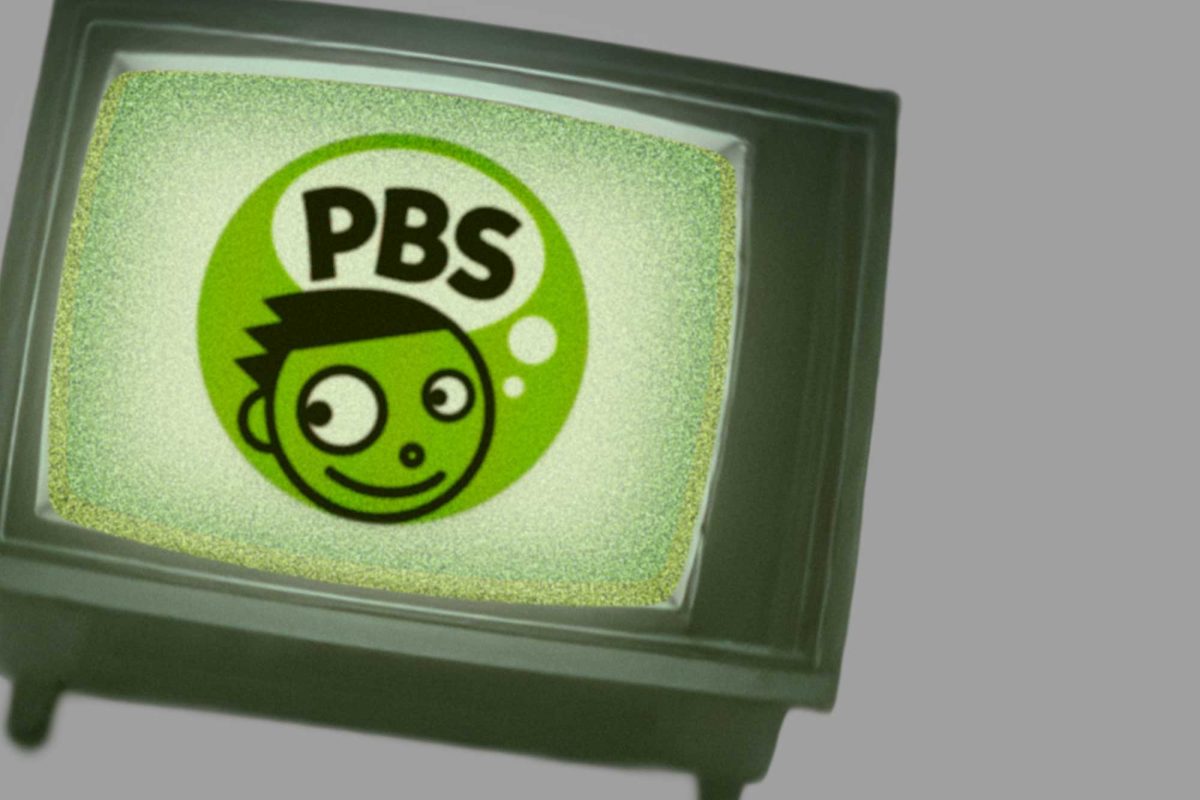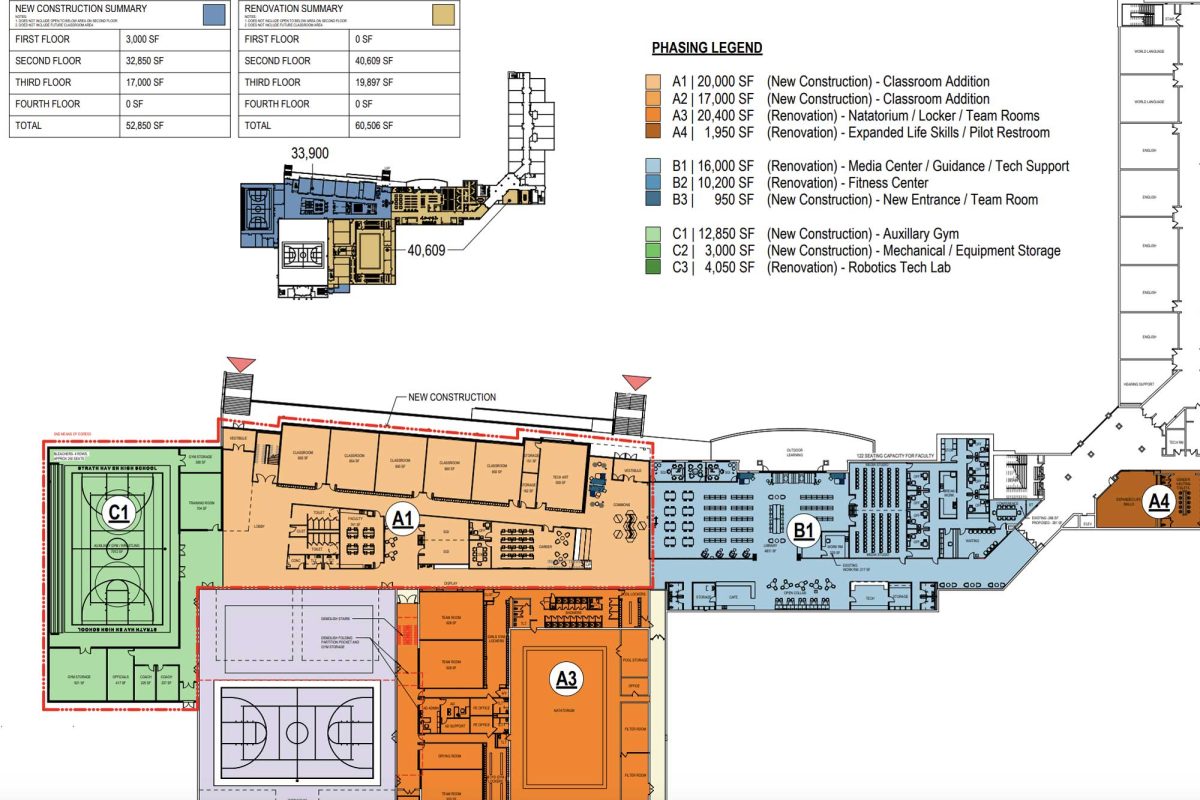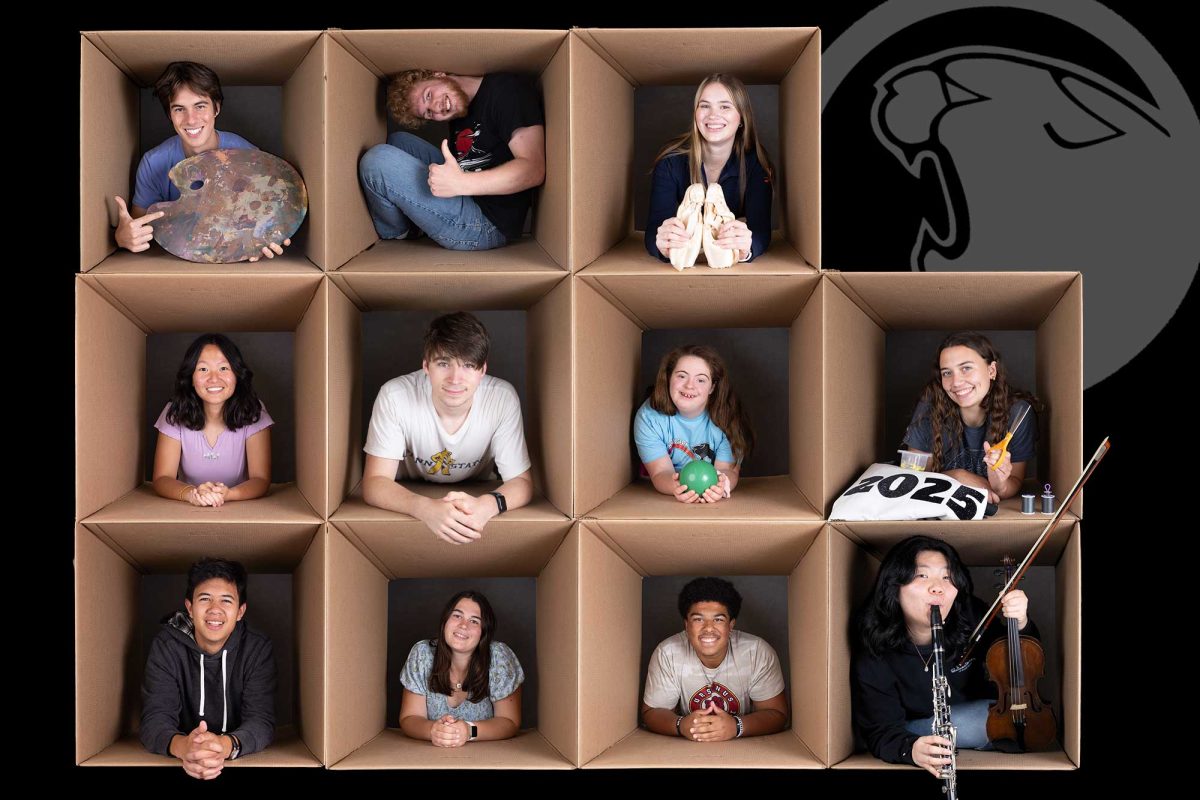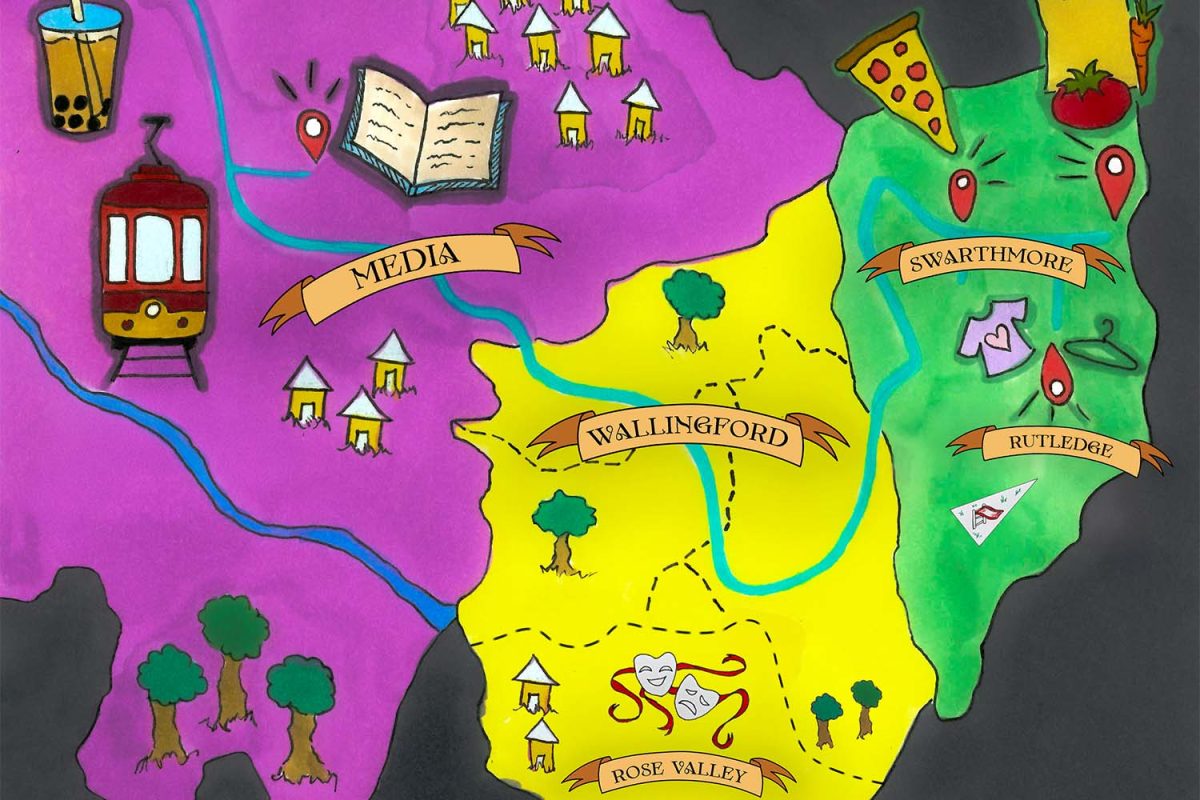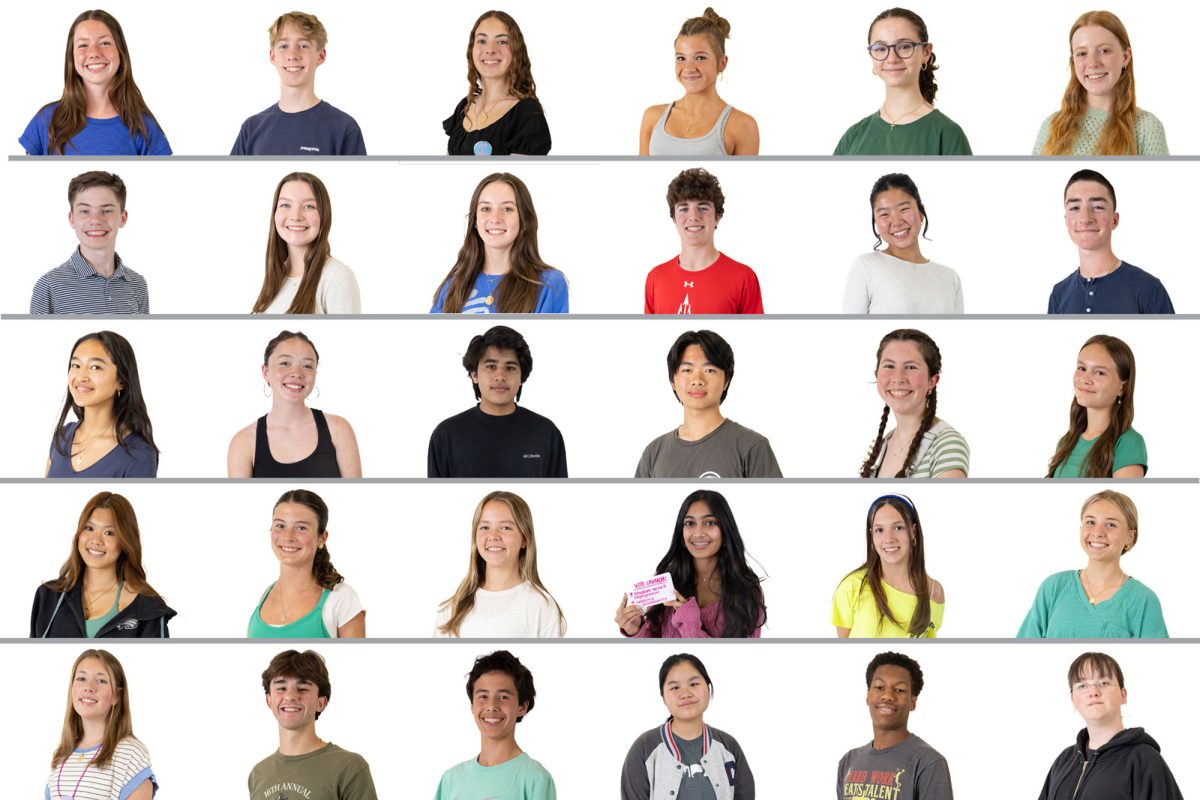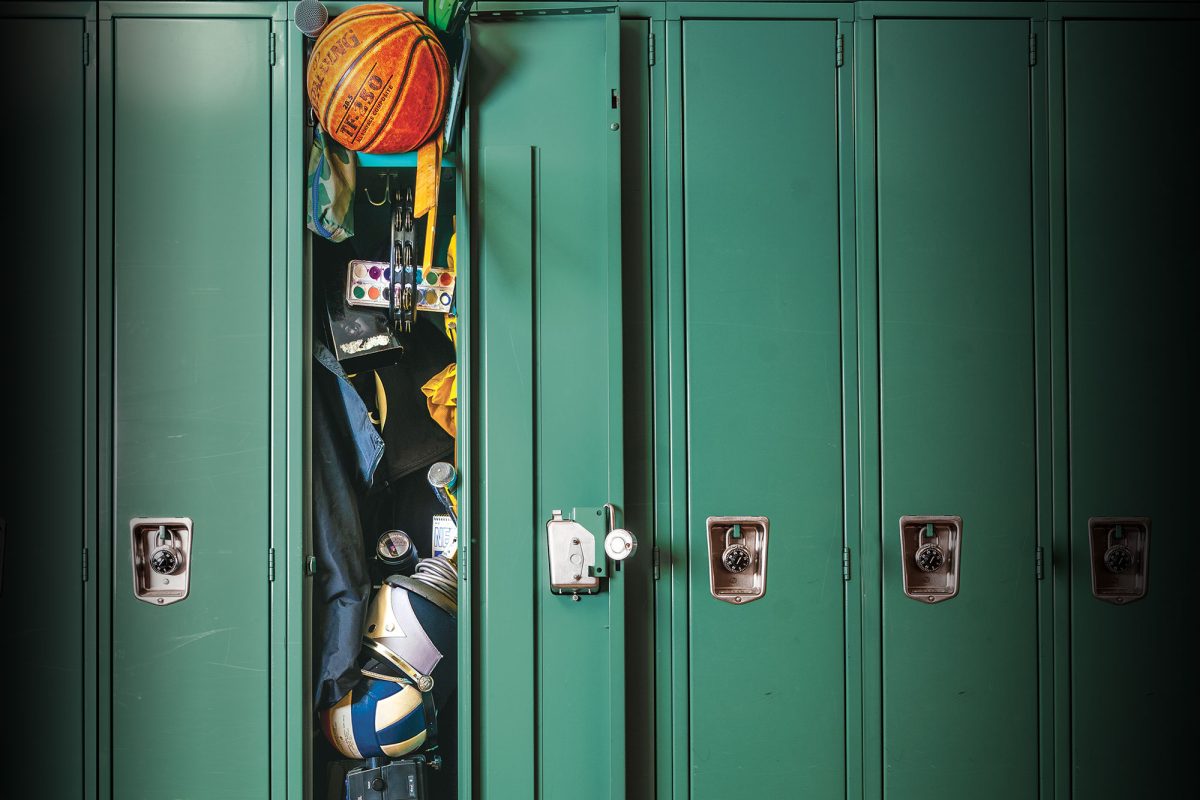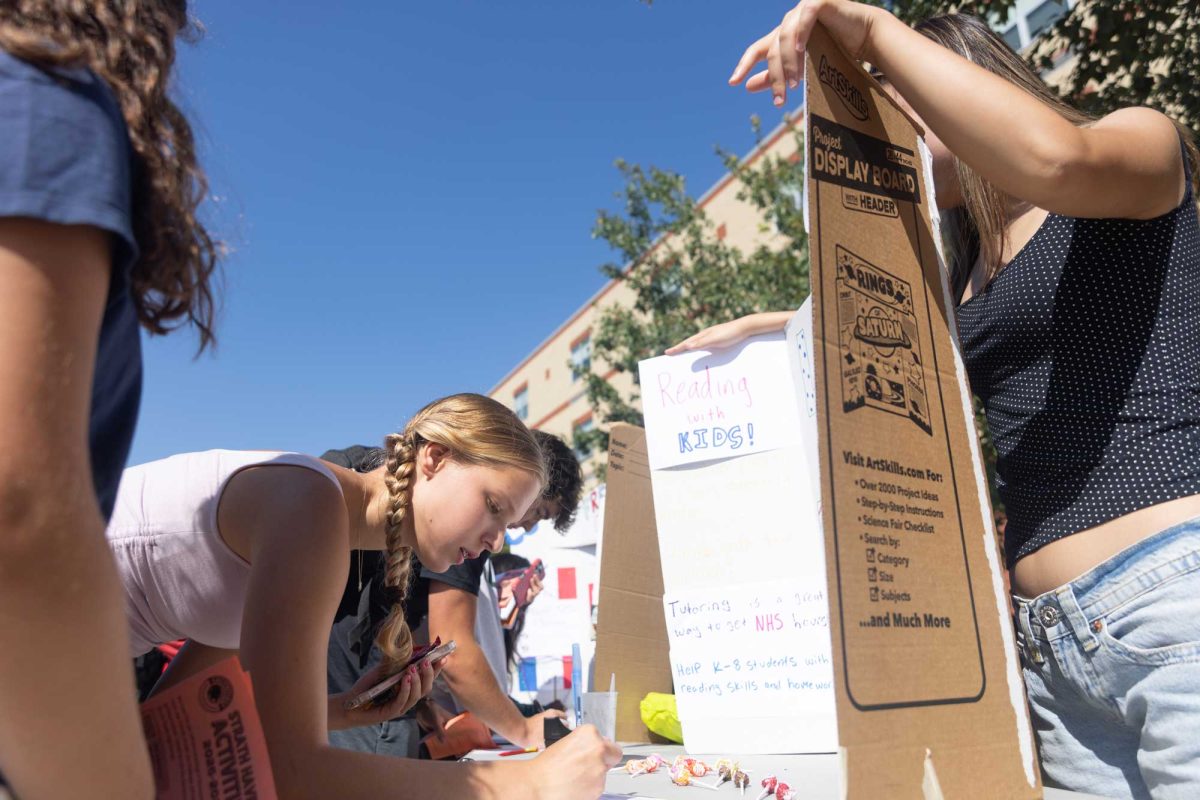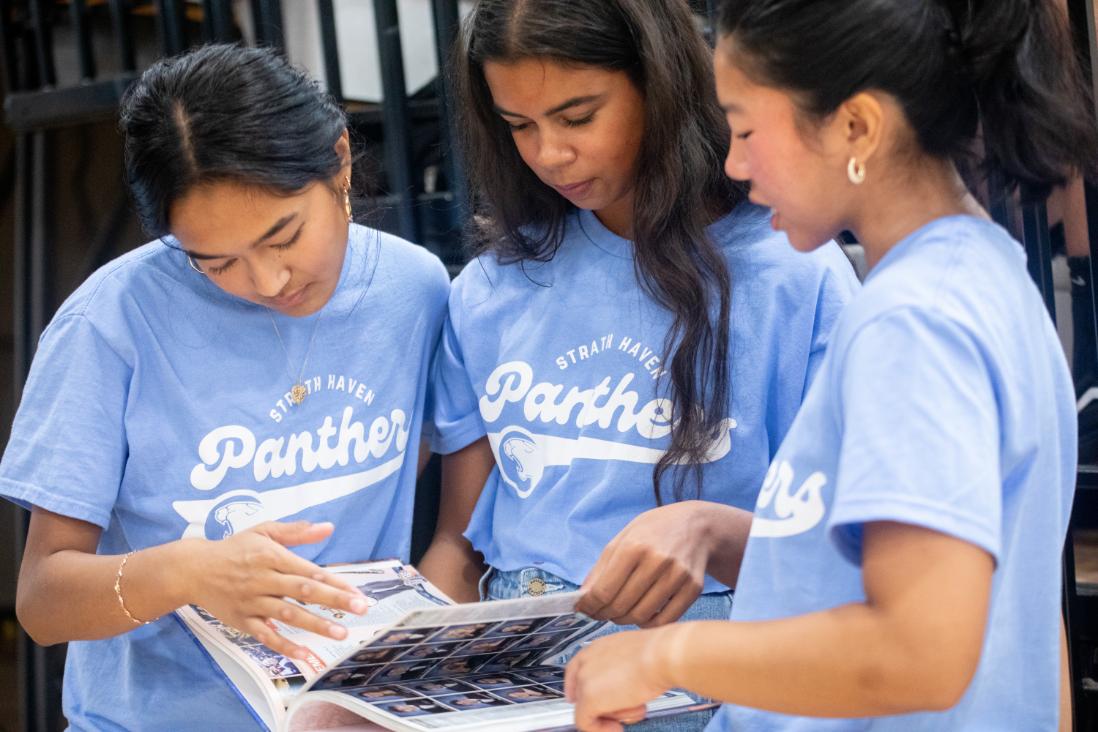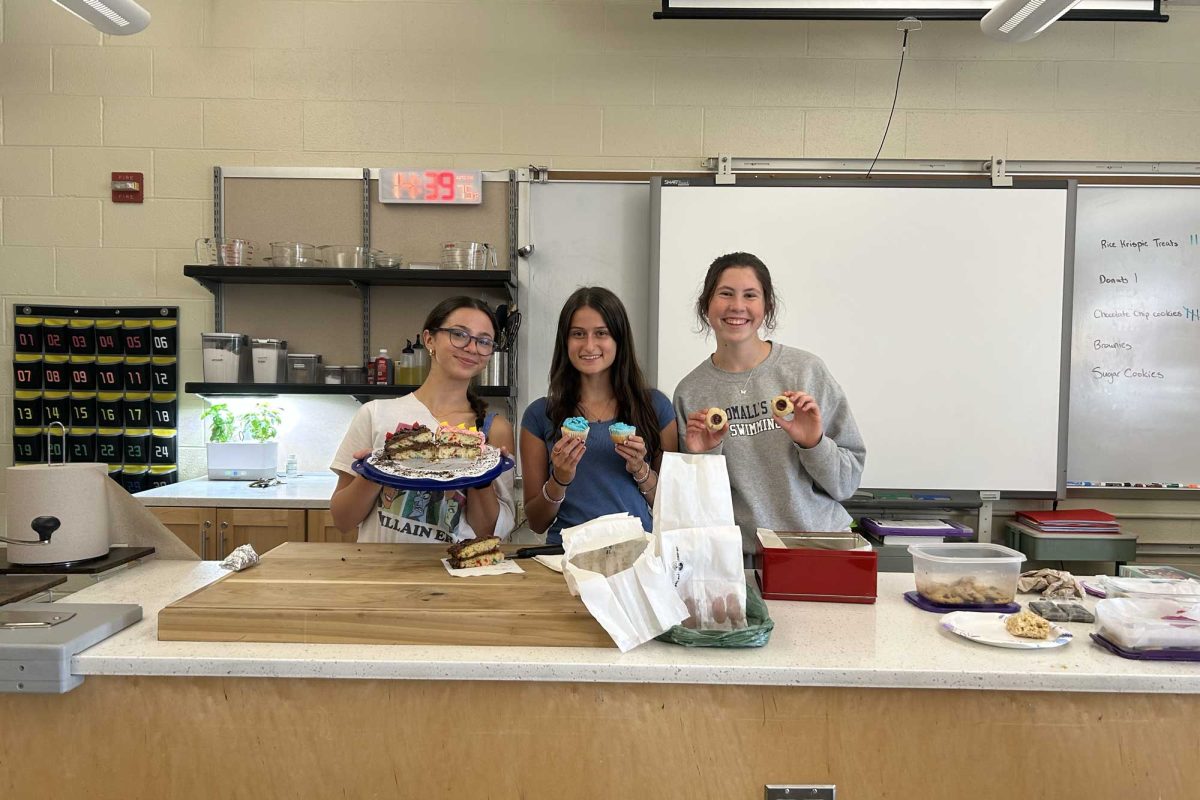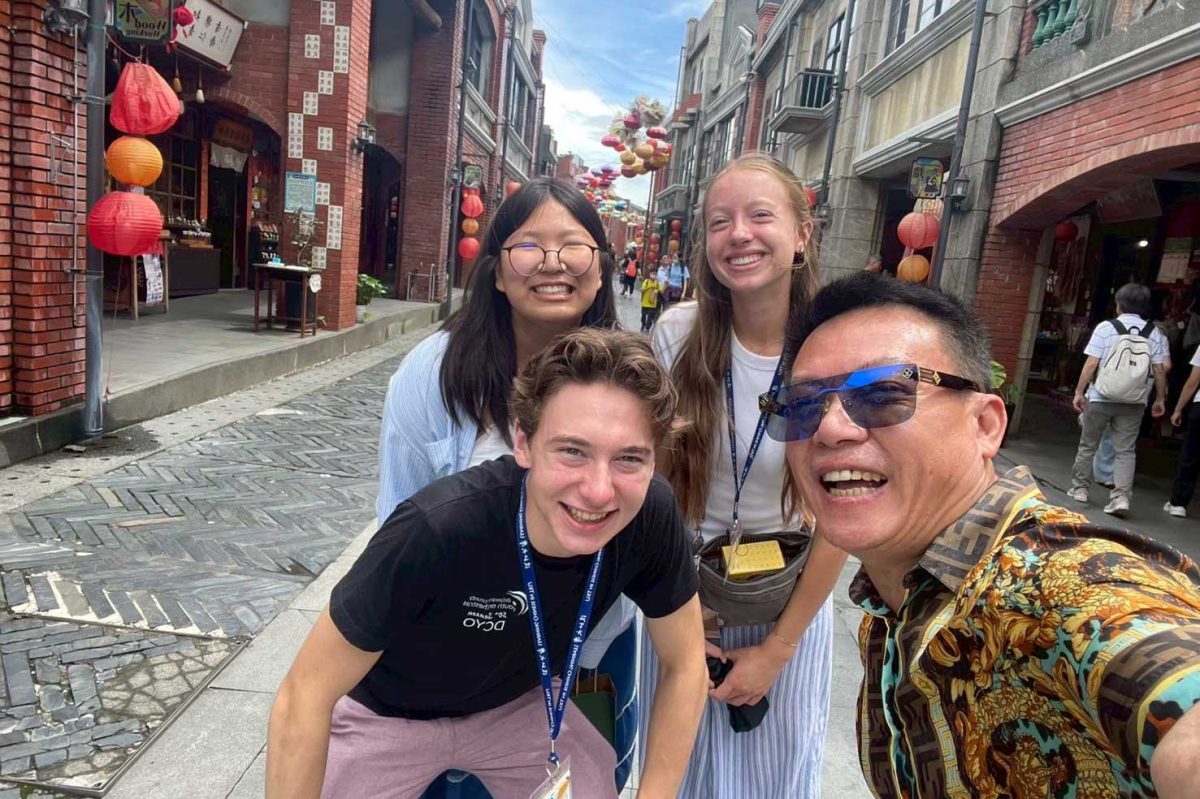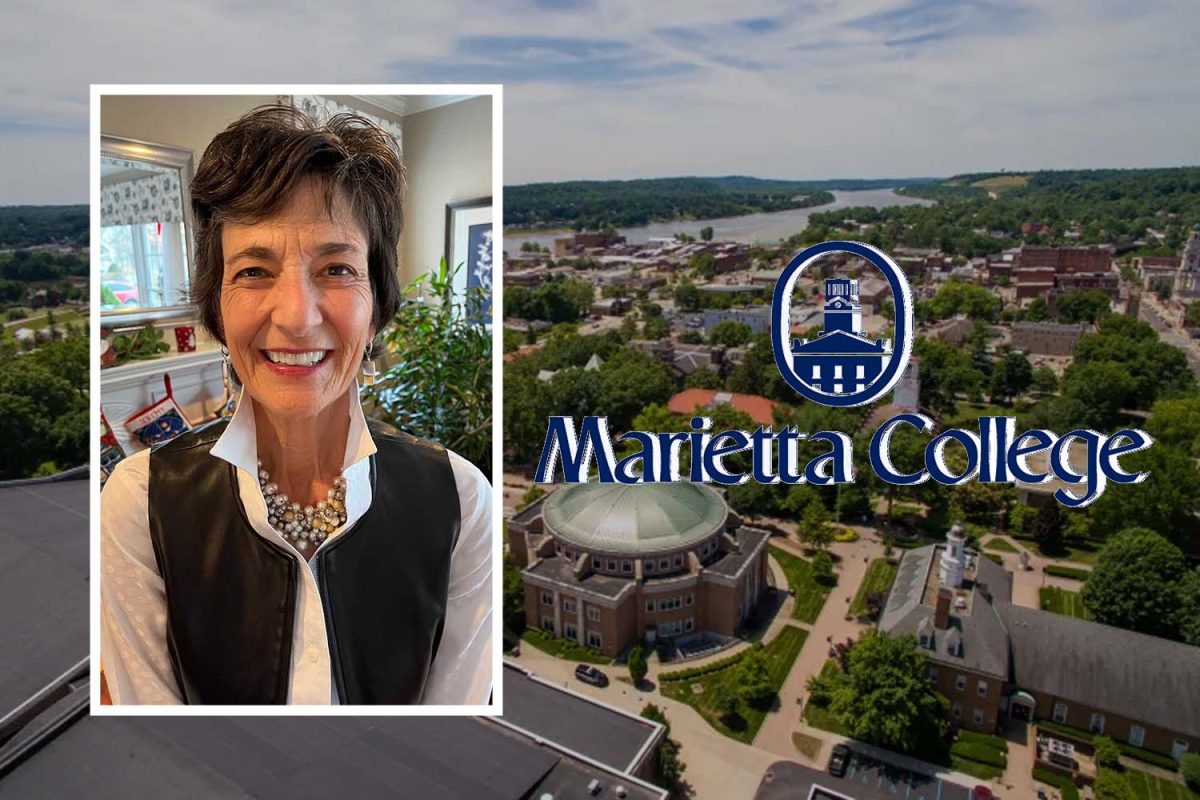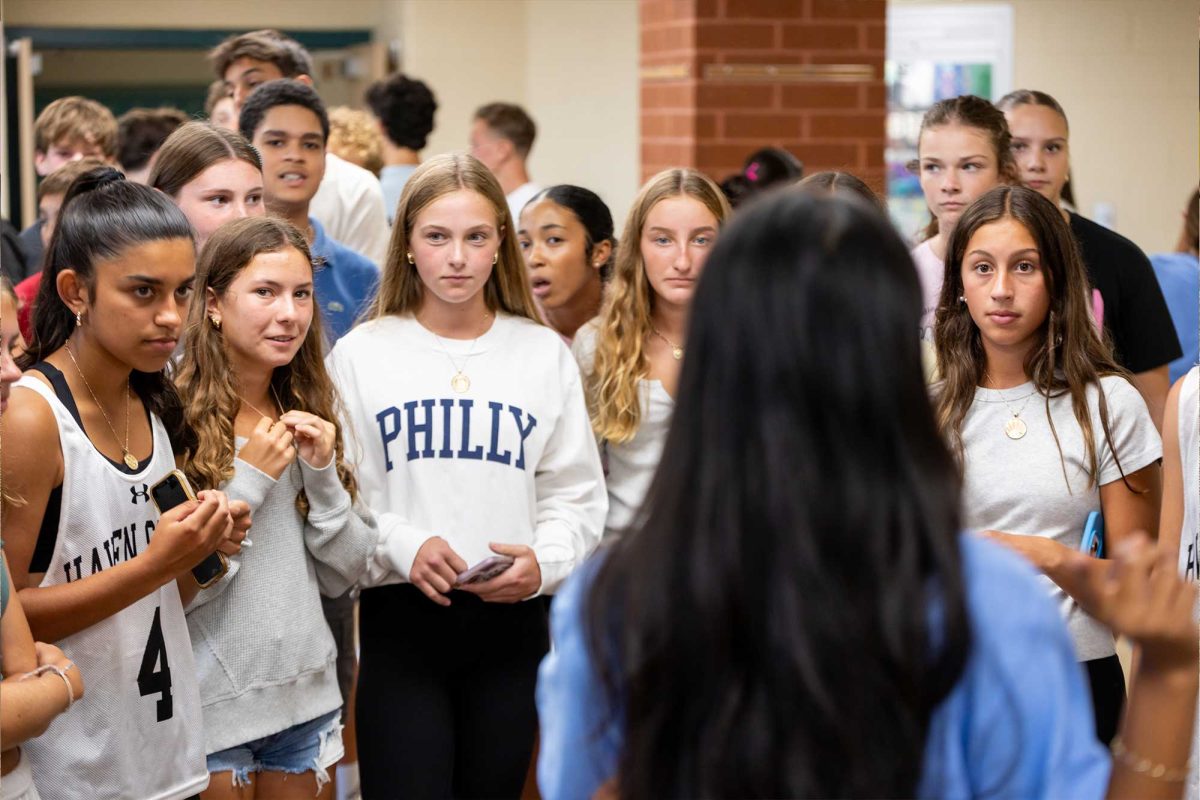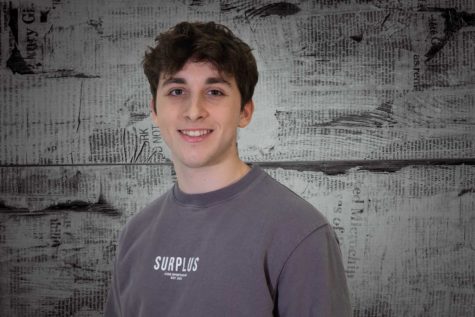In the past three years, WSSD has undergone many changes, fast-tracked by the new administrative team. Since 2020, the high school and district administration has seen a complete turnover, with Superintendent Dr. Wagner Marseille, Assistant Superintendent Dr. James Conley, Director of Secondary Education Dr. Leslie Pratt, and Principal Dr. Greg Hilden.
When Marseille joined the district in 2021, the administration began planning and implementing a strategic plan in conjunction with Bloom Planning. On Dec. 16, 2022, students from 7th-12th grade were asked to take part in a comprehensive survey on this new strategic plan. Little information was provided about the purpose of the survey, leaving many students confused and wanting more.
We sat down with some of the district administrators who are driving the strategic plan to learn more about the plan and the motivation behind it.
What is the strategic plan?

The strategic plan will address a holistic view of the way school functions, through focus areas of learning innovation, student experiences and preparing for the future, and equity, inclusion, and belonging, according to Dr. Marseille.
The plan won’t just change the curriculum, but rather challenge what has long been thought of as a traditional school day. It will look at the way we learn, the way we teach, the experiences we have, and how we spend our time.
“What does time look like in a high school experience?” Marseille said. “I’m also thinking about how much we invest in time. What’s important? What do you spend the most of your time doing as a high school student? How do we think about that from a visionary perspective?”
The strategic plan is a way for WSSD to examine the current way of doing things and change them for the better. It serves as a roadmap for teaching and learning, attempting to create a better, well-rounded Strath Haven student while including the perspectives of all community members and stakeholders in the process.
“You have to ask the question: What do you want a Strath Haven graduate to look like?” Hilden said. “What are the current outcomes? How can this be made better?”
The strategic plan is a long-focused process still in its earliest stages. It’s not a concrete goal to be completed, but rather a guide for decision-making and change. It will be years before the effects of it take shape.
“It’s about innovation,” Marseille said. “It is deliberate, it’s intentional, it’s well focused, it has a clear north star, and it’s visionary.”
At the Jan. 23 School Board meeting, the school board approved a new commitment for strategic plan initiatives for $500,000. This reserve will be used over the course of three years.
Why do a strategic plan?
“It’s the opportunity to pause, reflect on who we are, what we do,” Marseille said.
If the district continues with its current pace of progress it will take 93 years to close the outcome and opportunity gaps between marginalized and white students, according to district-wide audit results shared by Bloom during a strategic plan community meeting on Jan. 9. There are other outcome gaps present in the district that are not exclusive to race demographics. The damage done due to disparities cannot be reversed, but WSSD can take the first steps in making change through recognition.
“We can’t turn the clock that quickly; our first step in the conversation…is acknowledgment and passion for recognizing disproportionality,” Marseille said. “Are we providing enough opportunity? Are we encouraging? Are we supporting? What is it that we are unintentionally doing that would mitigate or that would create this type of disproportionality?”
Marseille sees WSSD’s strategic plan as a chance for WSSD to become a leader in K-12 education and to become a destination district—the top educational choice in the area.
“When we started to have this conversation, one of the things that we wanted to do is something different. Something that sets us apart, not the same old,” he said.
Visions for the Future

In addition to looking back, creation of the plan begins with a visioning stage. The administrators are working with Bloom to draft a “Vision for Impact,” the outcomes they want to see from the process.
Through the focus areas of the plan, guidelines will emphasize non-traditional approaches to learning and teaching.
“What I’d like to see is a system set up to help students succeed no matter their learning abilities or styles. Encouraging more non-traditional learning experiences,” Hilden said. “My goal always is to help people figure out who they are, and pick up skills important for late in life. I think we do that now but it can be improved.”
Changing the system involves changing the curriculum, as it is the framework of what goes on in the classroom.
“Thinking about curriculum as experience, thinking about what it means to have those clear learning targets and learning goals, what it means to think about assessment as a statement of value,” Pratt said. “Those are timeless pieces of curriculum that inform the work going forward.”
Pratt said she would like to see a more student-centered approach to classroom instruction. She outlined how the strategic plan would put curious students in conversation with a curriculum that grants them the expertise to be open to questions to further their success.
In Dr. Pratt’s eyes, the strategic plan represents the balance between immovable information as curriculum and an ‘experience is the best teacher’ approach. This golden mean is where truly engaged students and risk takers thrive.
“I think, for me, there is a real importance on kind of engagement and curiosity, and cultivating and creating spaces where students love and are invested in learning,” Pratt said.
As part of the visioning stage, WSSD administration is drawing inspiration from schools nationwide. In the coming months, teachers will be going on “learning journeys” to the University of Chicago Lab School, a private K-12 school, and High Tech High, a charter school in San Diego.
“One of the key elements in the strategic plan is, is thinking about and learning from experiences from others,” Marseille said. “Learning journeys are an opportunity to bring people to those spaces.”
These learning journeys don’t have to happen across the country to be informative. So far, teachers and administrators have visited Downingtown STEM, Germantown Academy, and Brandywine Technical High School. They will soon be visiting Abington High School and Black Rock Middle School.
The new ideas from other schools are not a direct blueprint, though, as certain strategies may not work as effectively in WSSD as they do in another district.
Conley uses the example of a sports team. “Maybe you look at three teams and say, well, that one seems not really like us, but boy, I really liked the way they warm up or I liked the way in game they do this play,” he said. “Those are things we take back to our community and say ‘Does it fit?’”
Outreach & Challenges
Especially in the visioning stage, outreach and communication are extremely important. One of the more important parts of outreach is recognizing stakeholders, those who the strategic plan will impact most.
“I think as we go through this process of innovation, it’s the including of all voices,” Conley said. “So I think as much as we can, that we’re engaging everybody’s voice on this journey together.”
There are challenges with outreach, too, as it’s hard to attract community members that may not have felt like they had a voice in the school district’s plans in the past.
“So we’ve been trying to make sure that we do grassroots campaigning, and try to bring people to those particular meetings,” Marseille said. “But it’s very difficult to bring families and those who feel as though they’ve been marginalized, and ask them, ‘Hey, come to the party,’ when they feel like they’ve never been invited to the party before.”
Another issue that arises is engaging students in the plan.
Marseille emphasized the importance of student support early in the process. “We want to take them [students] along for the ride versus them getting on board ten stops later, because no one really buys in ten stops later,” he said. “They want to do it from the ground floor.”
When looking at strategies, students can expect more engagement and meeting opportunities regarding the strategic plan soon.
“Student engagement. So we have to figure out how to do that,” Conley said. “And if that means having a couple of meetings at the high school, that’s what we’re going to do, because you guys are going to be living it next year.”
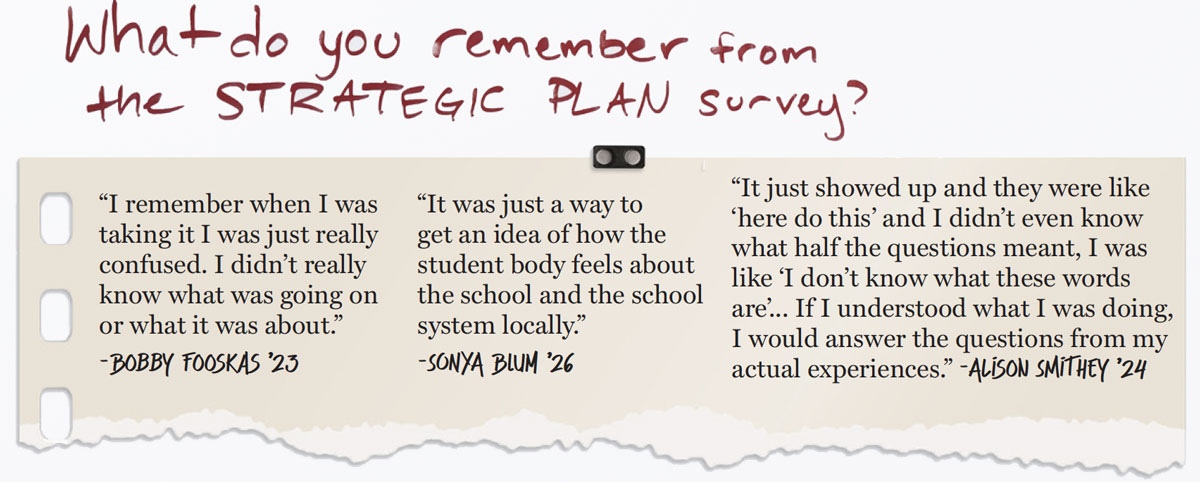
Next Steps
As for possibilities to get engaged in the near future, the district will be holding its next community-wide meeting about the strategic plan on Saturday, March 11, from 9-11 a.m. in the middle school cafeteria. The meetings are open to anyone in the WSSD community—parents, community members, teachers, and students.
According to the administration, students should begin to see evidence of the strategic planning process in their daily lives through surveys, focus groups, and pilots in school schedules, curriculums, and activities.
“[The strategic plan] should be manifested,” Marseille said. “And it should be evident in the things you do, the things you see, and the things that you experience and broader, your classmates.”



